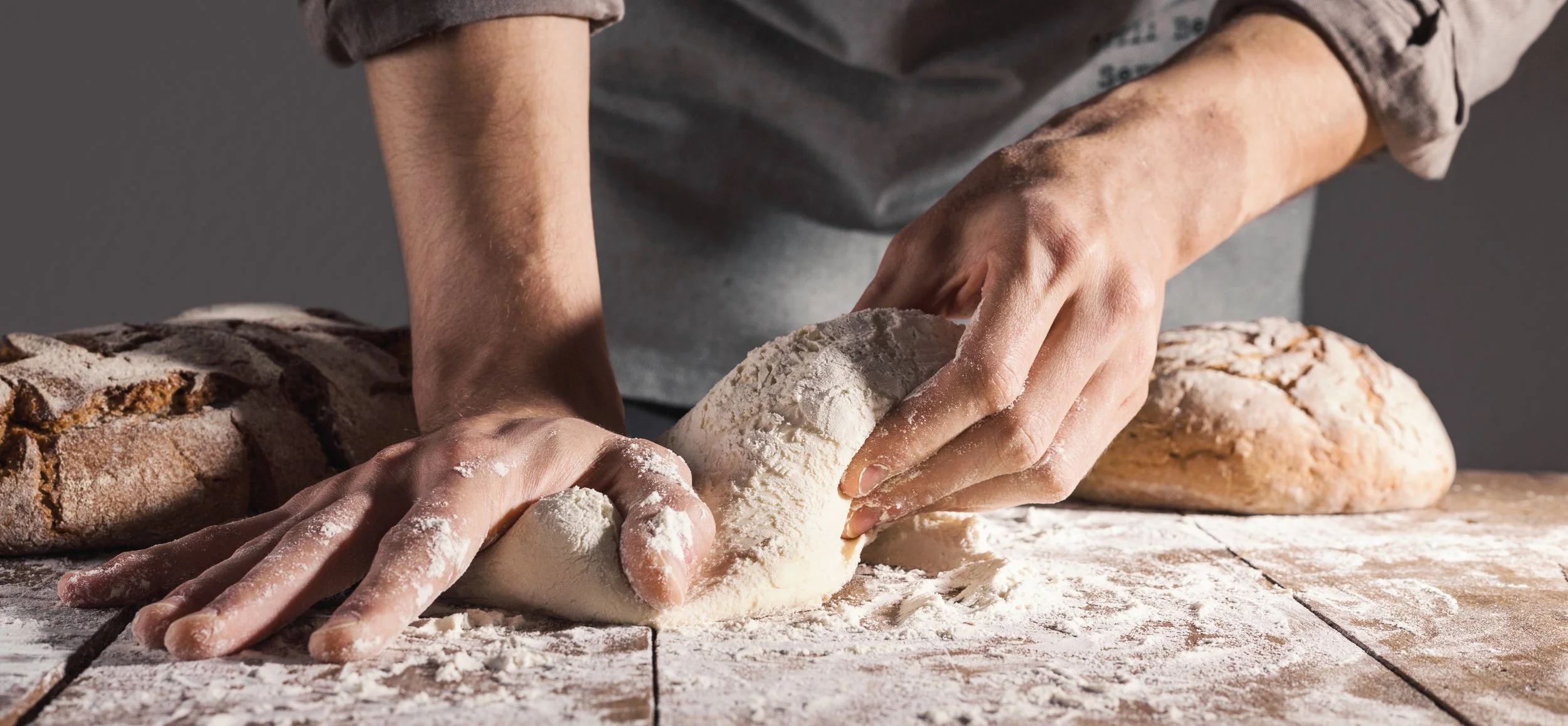A Recipe for AI Bread
You don’t need bread to survive, but it rounds out the meal, makes the soup richer, and soaks up the sauce on your plate. Lately, I’ve been thinking of AI as bread for UX research. It’s not the main dish, but when used thoughtfully, it can make the meal feel complete.
Before we get started, the metaphor of baking and baked goods applied to AI was popularized by Yann LeCun’s cake analogy, and many research case studies have been written as if it were a recipe. This is my own interpretation of the metaphor used to describe how I approach using AI for UX research.
So, let’s bake a loaf together!
Ingredients
2 cups of curiosity
1 tablespoon of skepticism (ethically, not optional)
A pinch of wit
1 packet of AI yeast (optional, but helpful)
Directions
Mix in AI at the right time
AI can help to:
Brainstorm research methods or study designs.
Wordsmith discussion guides or survey questions.
Explore how different audiences might interpret something.
Analyze a long list of questions, tasks, or feedback and need a quick comparison.
Rehearse: upload your research plan or findings and ask AI, “What tough questions might stakeholders ask me?”
Don’t over-knead the dough
Rely too much on AI, and your bread will turn out dry and tough, missing the warmth of a human touch.
Some places where AI still falls flat:
Synthesis. Tools like Miro can cluster sticky notes by keyword, but nuance often gets lost.
Auto-tagging. Dovetail’s machine-generated tags can miss critical meaning or context.
Complex quotes. AI often struggles to preserve the richness and nuance of real human expression. When asked to synthesize large volumes of participant feedback, it can inadvertently introduce bias or even fabricate patterns. For example, in my own experimentation, I noticed that while participants expressed a wide range of opinions, AI-generated summaries tended to overgeneralize with phrases like “most participants said,” or “participants think.” When, in reality, only one or two people had mentioned the point. In other cases, AI cherry-picked a single compelling quote and elevated it into a neatly packaged “insight” that didn’t reflect the broader dataset.
Good bread and good research need texture. If you over-process it, over-knead it, you risk stripping away the layers of glutenous meaning that only humans can devour.
Notes: The Intersection of Science & Art
Good bread baking takes practice, patience, and the right conditions. You learn to adjust for altitude, humidity, and the quirks of your oven. You use precise measurements, follow a tested recipe, use the right tools, and sometimes a little intuition.
The same goes for weaving AI into UX research. AI can be a powerful tool, but its usefulness depends on learning the right prompts, giving it the right context, and your ability to interpret the output with a critical eye. Just like a novice baker can’t expect a perfect sourdough on the first try, researchers need time and practice to learn how to integrate AI responsibly into their workflows. At first, baking your own bread will take longer and result in a messy kitchen, but with practice, the results will be so much richer.
Serving Suggestions
AI bread works best when paired with a hearty stew of human-centered analysis. Use it as a side dish, not the main course.
Because at the end of the day, the most nourishing UX research still comes from people. When we listen deeply, synthesize thoughtfully, and make sense of complexity in a way that only humans can.
Bon appétit.
